Experiments on earth and the International Space Station (ISS) are showing monotony of vision can aggravate the crew’s levels of depression, anxiety, and irritability. Adding to the mounting scientific evidence are the findings from the Antarctic Space Simulation Station. Constant exposure to monochromatic colors and visual monotony can acerbate psychological issues.
Multicolored Lights and Psychological Health
Space: Science & Technology recently released a research paper. Published by Ao Jiang from the European Space Agency, the study looks to see if multicolored LED lighting can improve an individual’s psychological state in a confined and isolated environment after seven days of exposure.
A Brief Review of the Colored Light Study
Using twenty participants, equally divided among males and females, wards in Xiangtan Central Hospital are isolated from the outside world.
The rooms measure 3.5 meters long, 3 meters wide, and 2.2 meters high. The small spaces are painted white with grey flooring. A wood dresser, table, and chair are also included in the room.
Using neutral colors for the walls, flooring, and furnishings helps ensure participants receive the maximum effect of the multicolored lights.
A questionnaire is used to record the positive and negative experiences of the study’s subjects.
Comparing Exposure to White Light vs. Colored Lights
The twenty participants separate into two groups of ten. Randomly divided, one group is exposed to multicolor lights. The others (the control group) use monotonous white light.
From eight in the morning until ten at night, the multicolored LED lights are randomly changed every three hours. All participants spend their time in an individual isolation room without the distraction of any electronics.
Reading, yoga, and other activities are allowed during the study. On the first, fourth, and seventh days, participants are required to respond to the questionnaire. Five to ten-minute interviews follow up the questionnaire, all designed to learn more about how light affects an individual’s psychological state.
Results of the Multicolored Light Study
The control group’s negative emotions and anxiety steadily increased throughout the study. However, participants exposed to multicolored lighting did not experience any negative emotions or experience an increase in their anxiety levels.
What is surprising are the results on day four. Both groups report higher anxiety levels than at the start of the study. Their anxiety is still high on day seven, but at the same levels as on day four.
Multicolored LED Lights Can Improve Your Psychological State
The studies show multicolored lights can reduce anxiety, depression, and other negative emotions in confined spaces and during periods of isolation. Research goes even further to indicate that randomly changing the light’s color helps to counteract the monotony. It works similarly to circadian lights.
Along with using multicolored LED lights to improve astronauts’ psychological state, the same concept can be applied to where we live and work.
If you would like to discuss the use of multicolored LED lighting in your Next Gen LED project, call 610-558-9773, emailing [email protected], or schedule a call that fits your needs by clicking the button below.

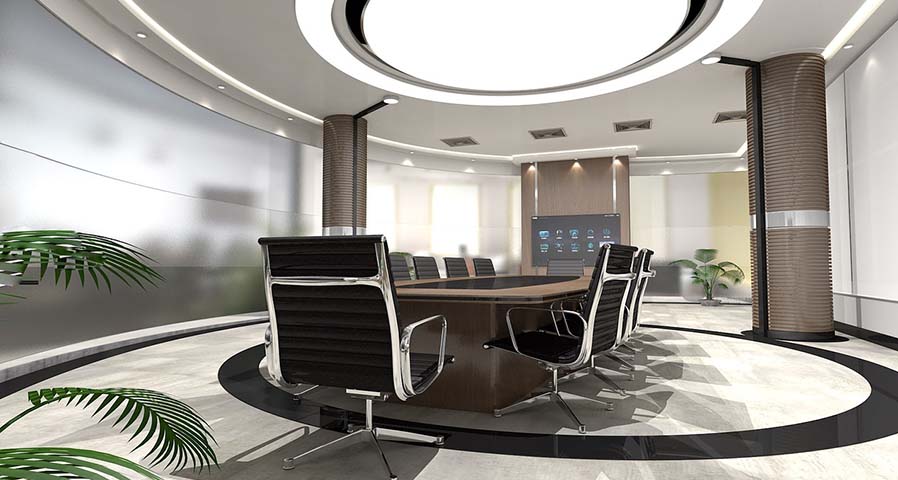
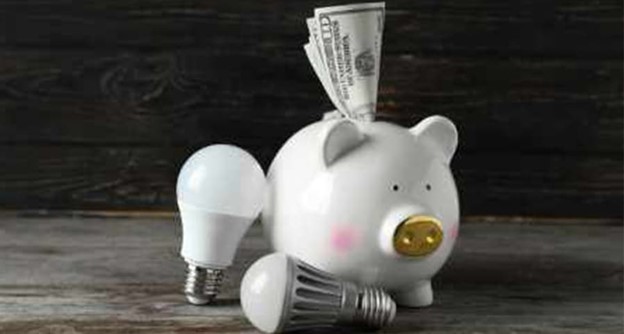
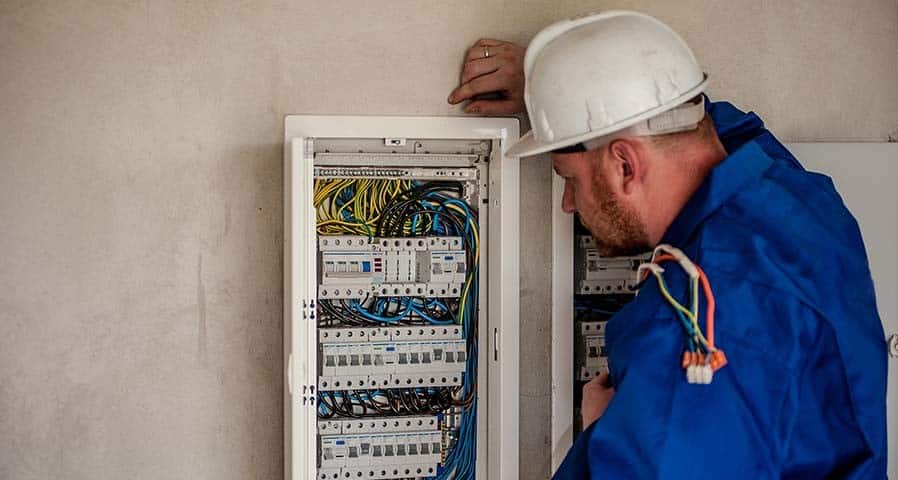



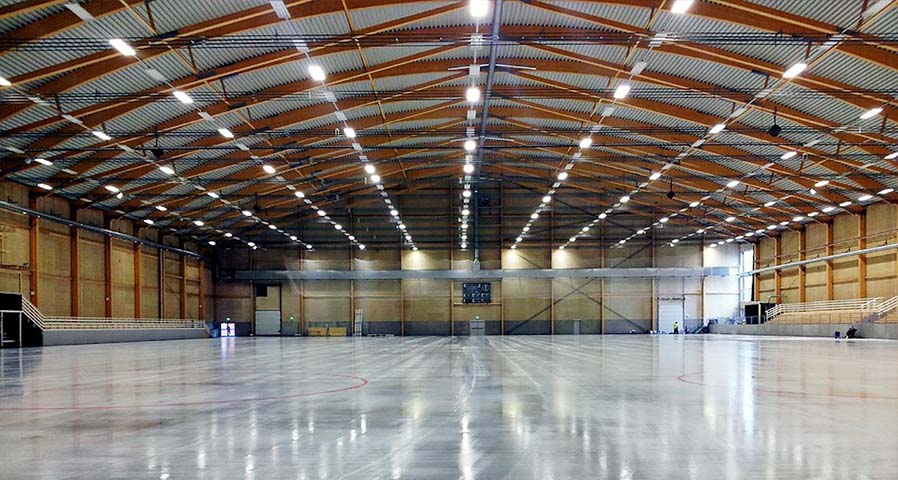
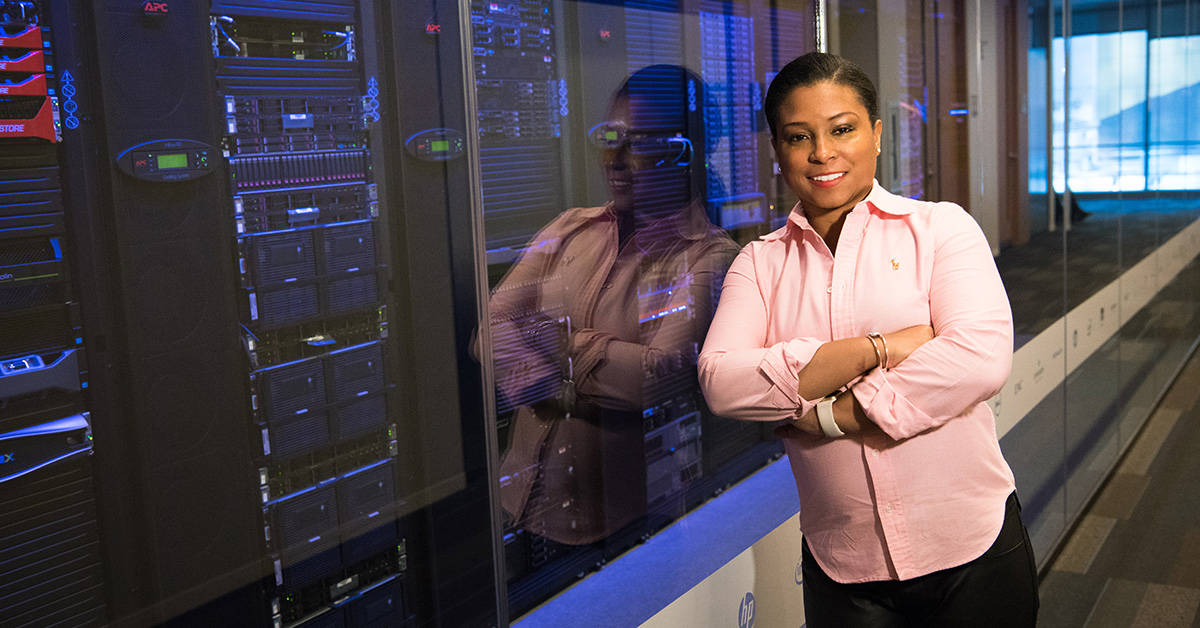





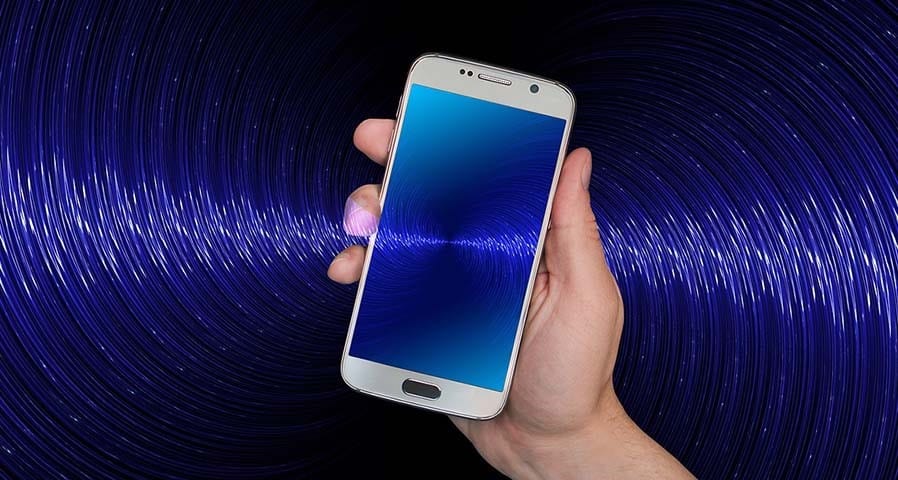

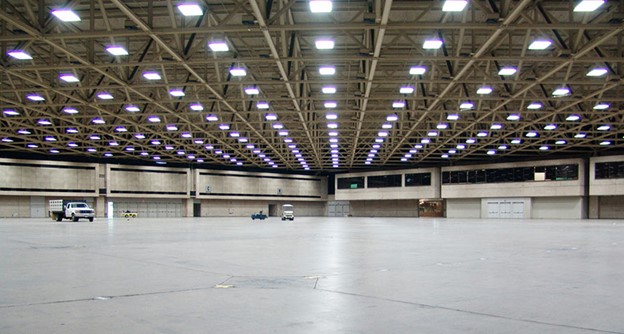
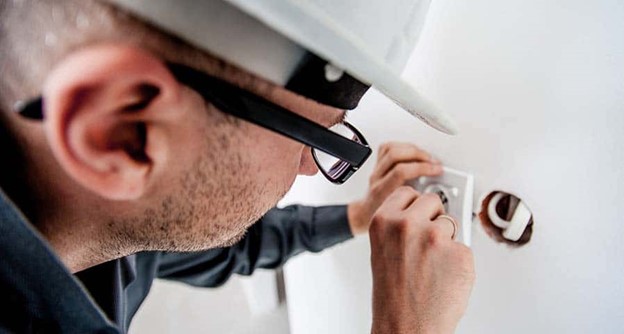

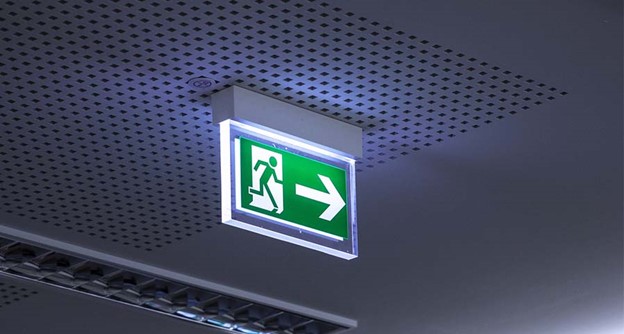
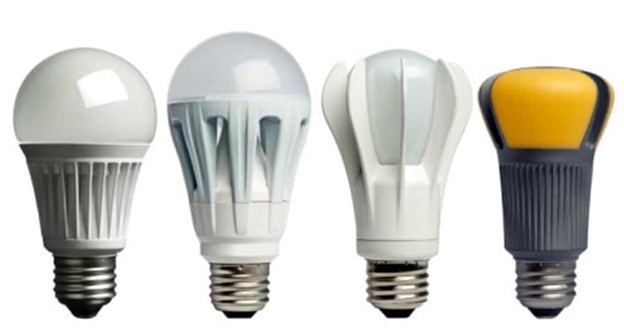
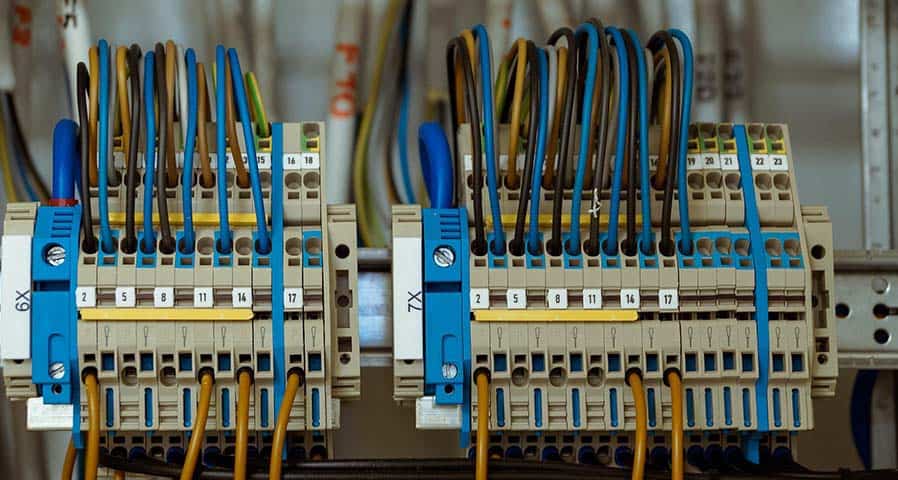
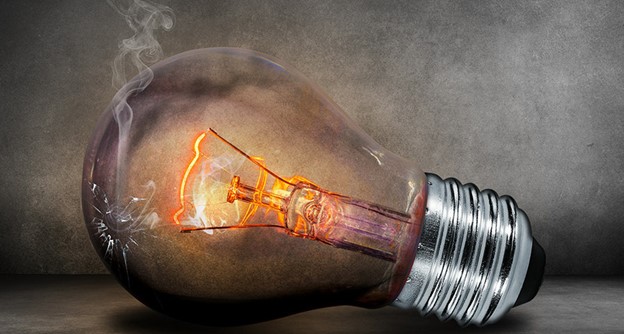




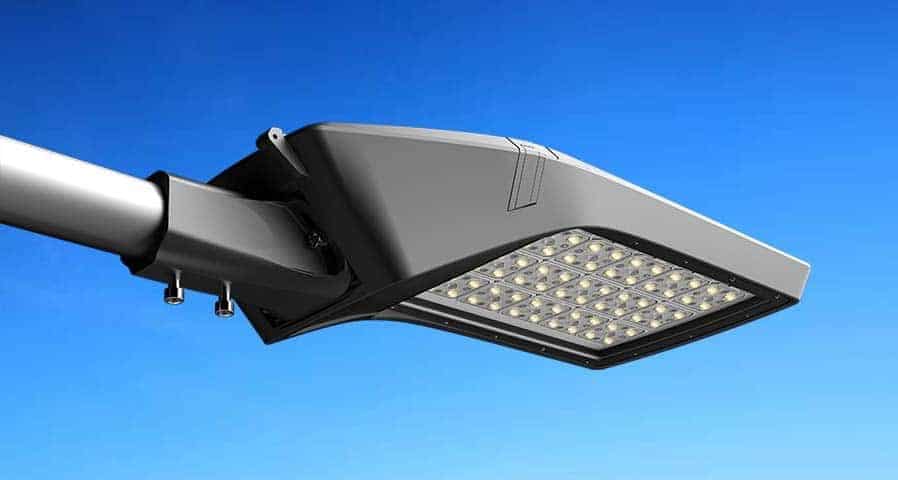
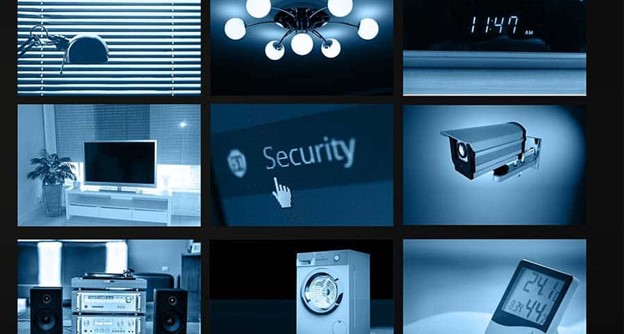

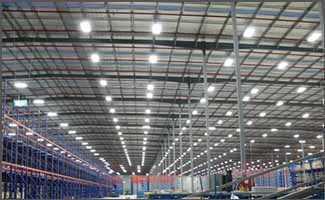
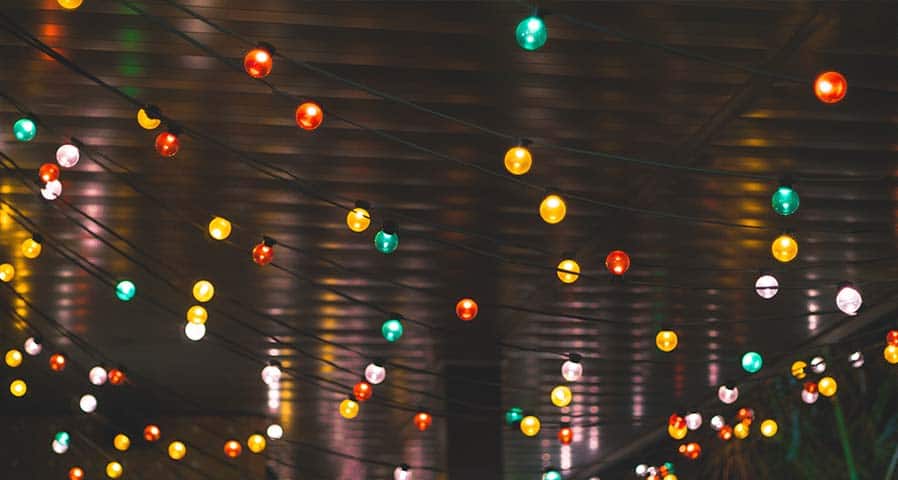





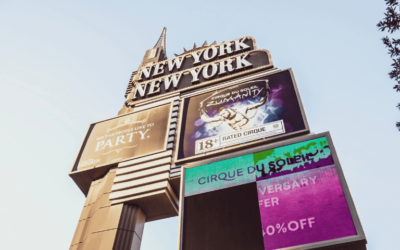

0 Comments